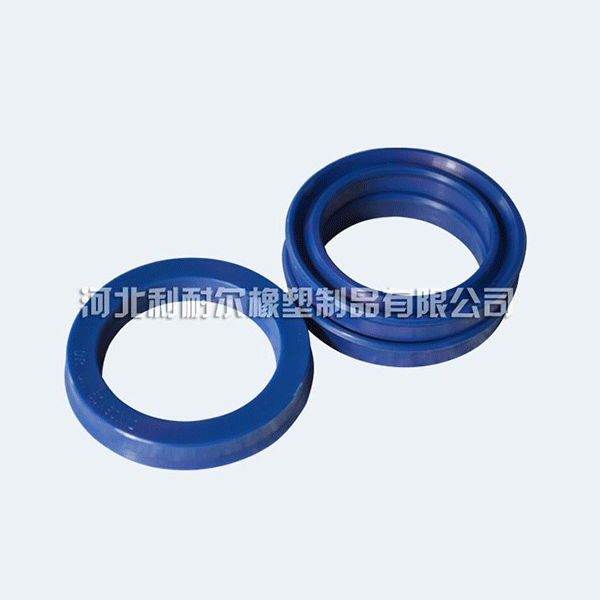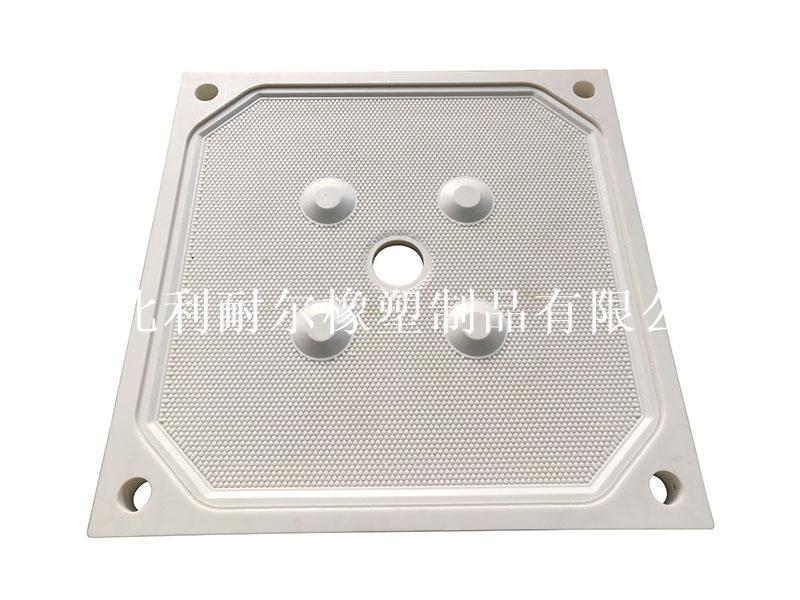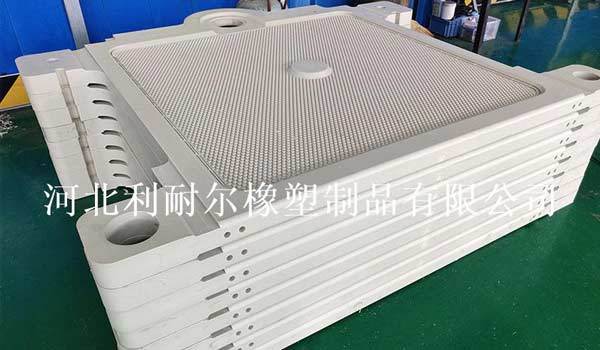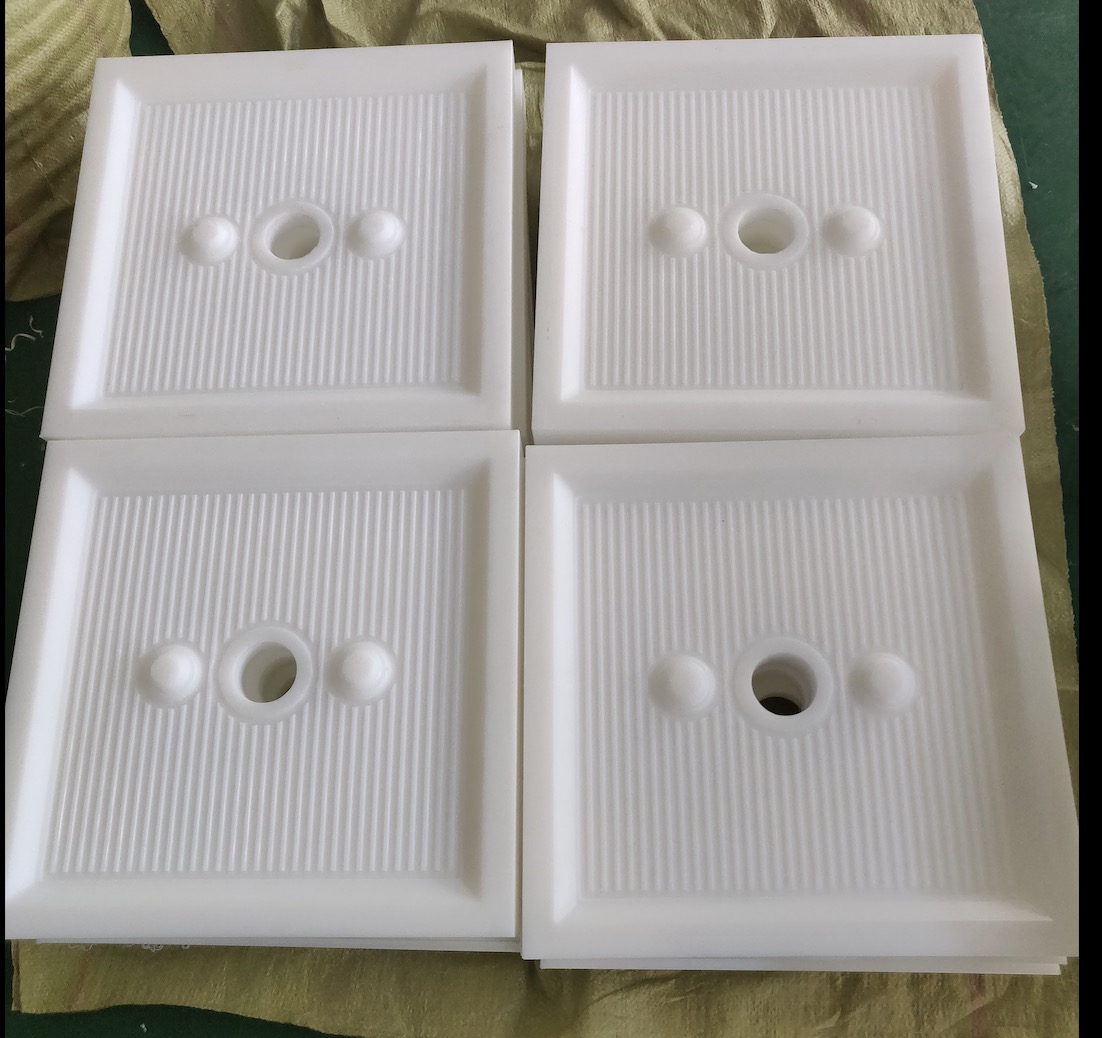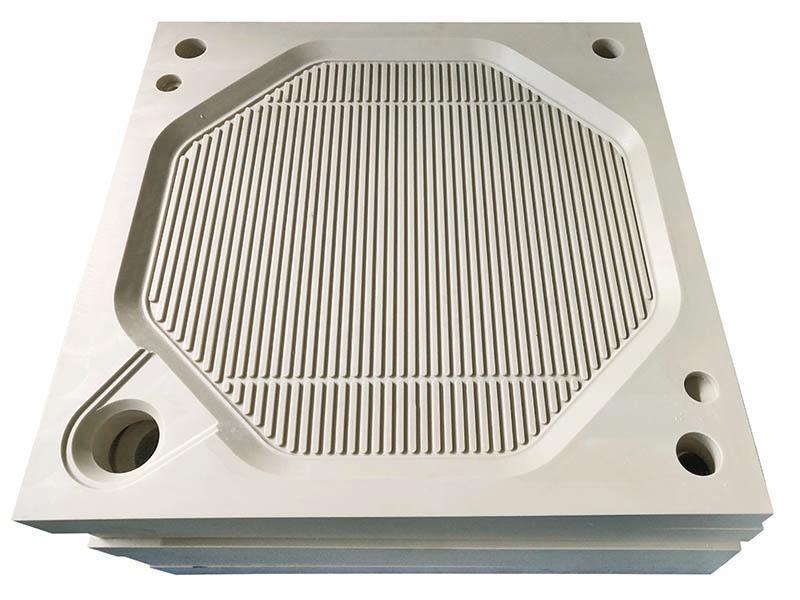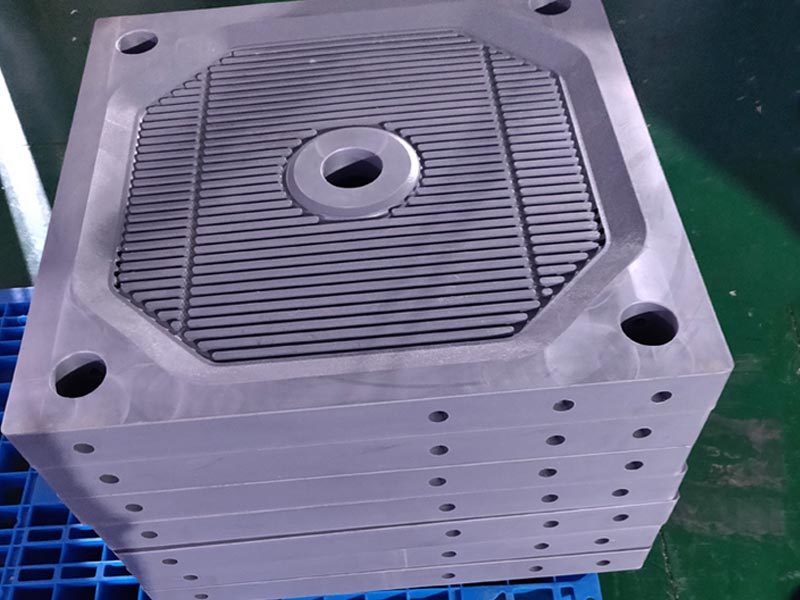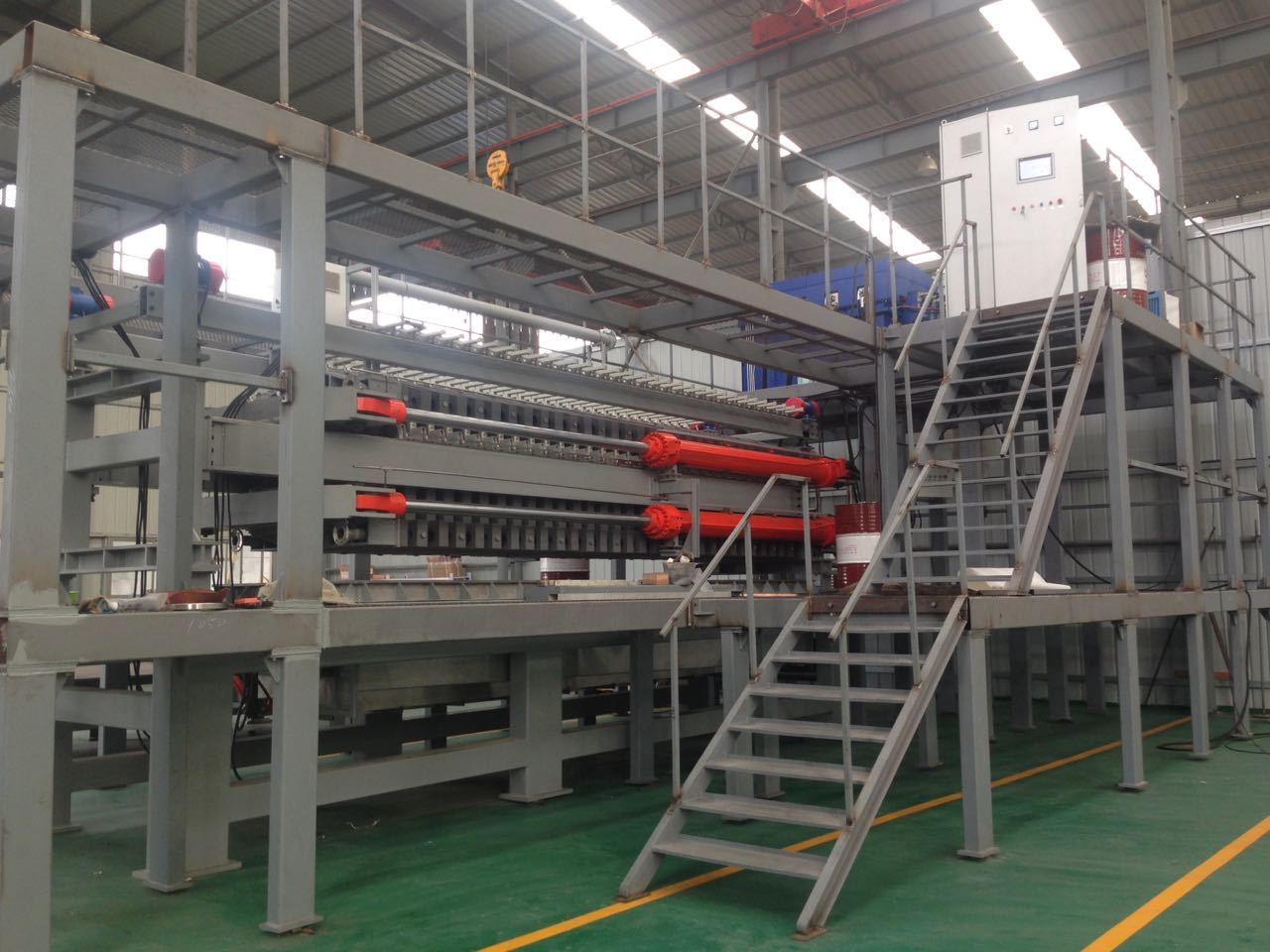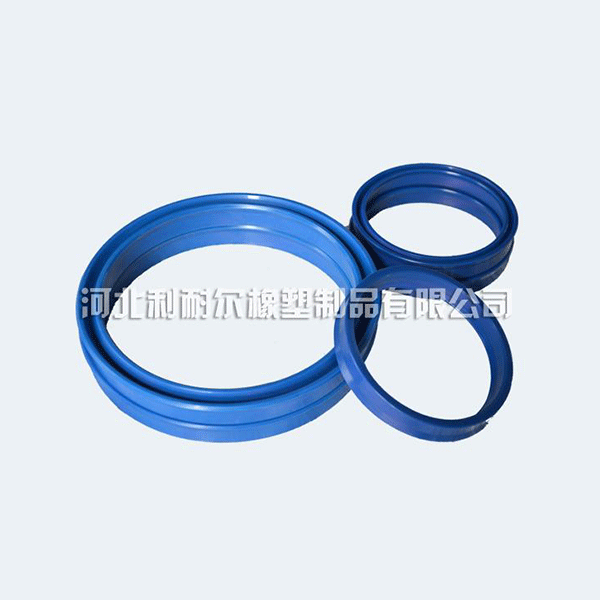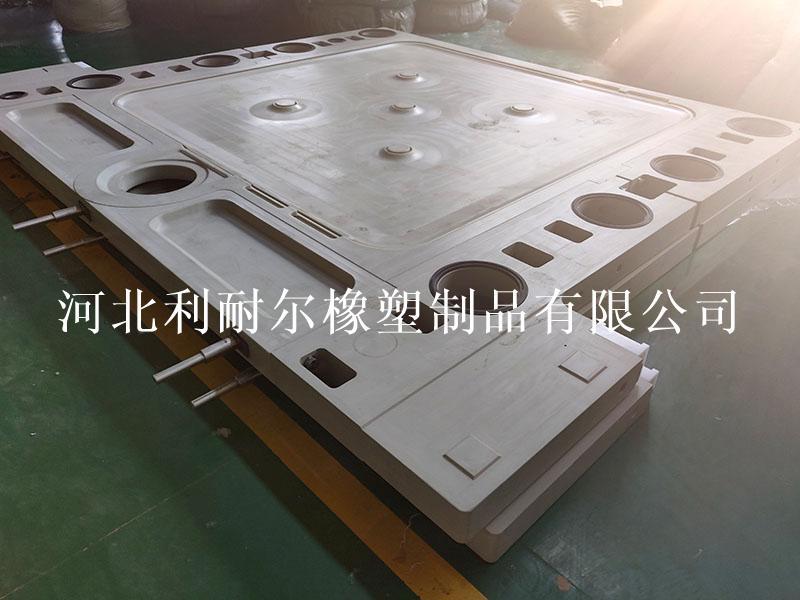Innovative Uses for Filter Plates in Plastic Manufacturing
Release time:
2025-03-23
Innovative Uses for Filter Plates in Plastic Manufacturing Table of Contents 1. Introduction to Filter Plates in Plastic Manufacturing 2. What Are Filter Plates? 3. Importance of Filter Plates in Plastic Production 4. Applications of Filter Plates in Plastic Manufacturing 5. Enhancing Product Quality Through Filtration 6. Sustainability and Environmental Impact 7. Futu
Innovative Uses for Filter Plates in Plastic Manufacturing
Table of Contents
- 1. Introduction to Filter Plates in Plastic Manufacturing
- 2. What Are Filter Plates?
- 3. Importance of Filter Plates in Plastic Production
- 4. Applications of Filter Plates in Plastic Manufacturing
- 5. Enhancing Product Quality Through Filtration
- 6. Sustainability and Environmental Impact
- 7. Future Trends in Filter Plate Technology
- 8. Frequently Asked Questions (FAQs)
- 9. Conclusion
1. Introduction to Filter Plates in Plastic Manufacturing
In the rapidly evolving realm of plastic manufacturing, **filter plates** have emerged as essential components that significantly enhance operational efficiency and product quality. These devices serve a crucial function in the purification and processing of various plastic materials, ensuring manufacturers can meet the rigorous demands of the industry. In this article, we will explore the innovative uses of filter plates and how they are redefining standards in plastic production.
2. What Are Filter Plates?
Filter plates are specialized devices designed to separate solid particles from liquids or gases. In plastic manufacturing, they play a pivotal role in ensuring that raw materials are free from impurities before they enter the production process. Typically crafted from durable materials, filter plates can withstand high pressures and temperatures, making them ideal for diverse plastic applications.
2.1 Types of Filter Plates
There are several types of filter plates used in plastic manufacturing, including:
- **Polymer Filter Plates**: Made from thermoplastic materials, these plates are lightweight and resistant to corrosion.
- **Metal Filter Plates**: Known for their durability, these plates can handle high-pressure applications and are often used in more extreme environments.
- **Composite Filter Plates**: Combining materials for enhanced performance, these plates offer the best of both worlds in terms of strength and weight.
3. Importance of Filter Plates in Plastic Production
The importance of filter plates extends beyond mere filtration. They contribute to the overall **quality of the final product**, enhance **operational efficiency**, and ensure **sustainability** within the plastic manufacturing process.
3.1 Quality Assurance
Implementing filter plates in production lines minimizes the risk of contaminant inclusion in plastic products, thus safeguarding quality and customer satisfaction. High-quality filter plates can effectively reduce defects, leading to fewer rejects and reworks.
3.2 Operational Efficiency
By streamlining the filtration process, filter plates can significantly reduce processing times. This improvement not only increases productivity but also lowers operational costs, allowing companies to allocate resources more effectively.
3.3 Environmental Benefits
Utilizing filter plates also supports sustainability initiatives. By efficiently removing impurities, manufacturers can reduce waste and enhance the recyclability of plastics, contributing to a more circular economy.
4. Applications of Filter Plates in Plastic Manufacturing
Filter plates find application across various stages of the plastic manufacturing process, from the initial molding of raw materials to the final product.
4.1 Extrusion Processes
In extrusion processes, filter plates help maintain the quality of the melt by removing contaminants before they enter the extrusion nozzle. This is critical for achieving uniform product dimensions and surface finishes.
4.2 Injection Molding
During injection molding, filter plates ensure that the resin is free from impurities, which can cause defects in molded products. This application is vital for high-precision parts used in automotive and medical industries.
4.3 Recycling Operations
In recycling operations, filter plates are instrumental in purifying recycled plastics by removing labels, adhesives, and other contaminants. This purification is essential for producing high-quality recycled materials that can be reused in manufacturing.
4.4 Compounding and Masterbatch Production
In the production of compound materials and masterbatches, filter plates are used to ensure the consistency and quality of the final product. They help achieve a uniform dispersion of additives and colorants, which is crucial for meeting product specifications.
5. Enhancing Product Quality Through Filtration
The role of filter plates in enhancing product quality cannot be overstated. By ensuring that only clean, pure materials enter the production process, manufacturers can achieve superior product characteristics.
5.1 Consistency in Production
Filter plates contribute to consistency in production by preventing variations that can arise from material contamination. This consistency translates into reliable product performance and customer satisfaction.
5.2 Improved Surface Quality
Products manufactured using clean materials exhibit better surface quality, which is essential for aesthetic and functional purposes. Filter plates help eliminate defects such as blemishes or rough textures.
6. Sustainability and Environmental Impact
Sustainability is a pressing concern in the plastic manufacturing industry, and filter plates can play a significant role in achieving eco-friendly practices.
6.1 Reducing Material Waste
By effectively filtering out contaminants, filter plates help minimize the amount of plastic waste generated during production. This reduction contributes to a lower environmental footprint.
6.2 Enhancing Recyclability
Clean materials are more likely to be recycled successfully. Filter plates ensure that the recycled plastics are of high quality, making them more appealing to manufacturers looking for sustainable materials.
6.3 Compliance with Regulations
Using filter plates can help manufacturers comply with stringent environmental regulations by ensuring that their production processes meet acceptable waste and emissions standards.
7. Future Trends in Filter Plate Technology
As the demand for more efficient and sustainable manufacturing processes grows, filter plate technology continues to evolve. Key trends to watch include:
7.1 Advancements in Material Science
Innovations in materials used for filter plates are leading to more efficient and durable solutions, capable of withstanding harsher processing conditions while maintaining performance.
7.2 Automation and Smart Technologies
The incorporation of smart technologies into filtration systems is transforming how filter plates are used. Automated monitoring systems can enhance performance by providing real-time data on filtration efficiency.
7.3 Increased Focus on Sustainability
The push for sustainability will continue to drive innovation in filter plate design, leading to the development of eco-friendly materials and processes that reduce environmental impact.
8. Frequently Asked Questions (FAQs)
8.1 What are the main benefits of using filter plates in plastic manufacturing?
Filter plates enhance product quality, increase operational efficiency, and support sustainability initiatives by reducing waste and improving recyclability.
8.2 How do filter plates contribute to sustainability in plastic manufacturing?
By removing contaminants and improving the quality of recycled materials, filter plates help manufacturers reduce waste and comply with environmental regulations.
8.3 What types of materials are commonly used for filter plates?
Filter plates can be made from various materials, including polymers, metals, and composites, each offering unique advantages depending on the application.
8.4 Can filter plates be used in recycling processes?
Yes, filter plates are essential in recycling processes to ensure that recycled plastics are free from impurities, resulting in higher quality recycled materials.
8.5 How do I choose the right filter plate for my manufacturing process?
Choosing the right filter plate depends on several factors, including the type of material being processed, the specific application, and the desired purity levels.
9. Conclusion
Filter plates are revolutionizing plastic manufacturing by enhancing product quality, improving efficiency, and supporting sustainability initiatives. As technology advances, the importance of filter plates will only continue to grow, paving the way for more innovative applications in the industry. By investing in high-quality filter plates, manufacturers can ensure they are not only meeting contemporary demands but also setting themselves up for future success in an increasingly competitive market.
Related News




















